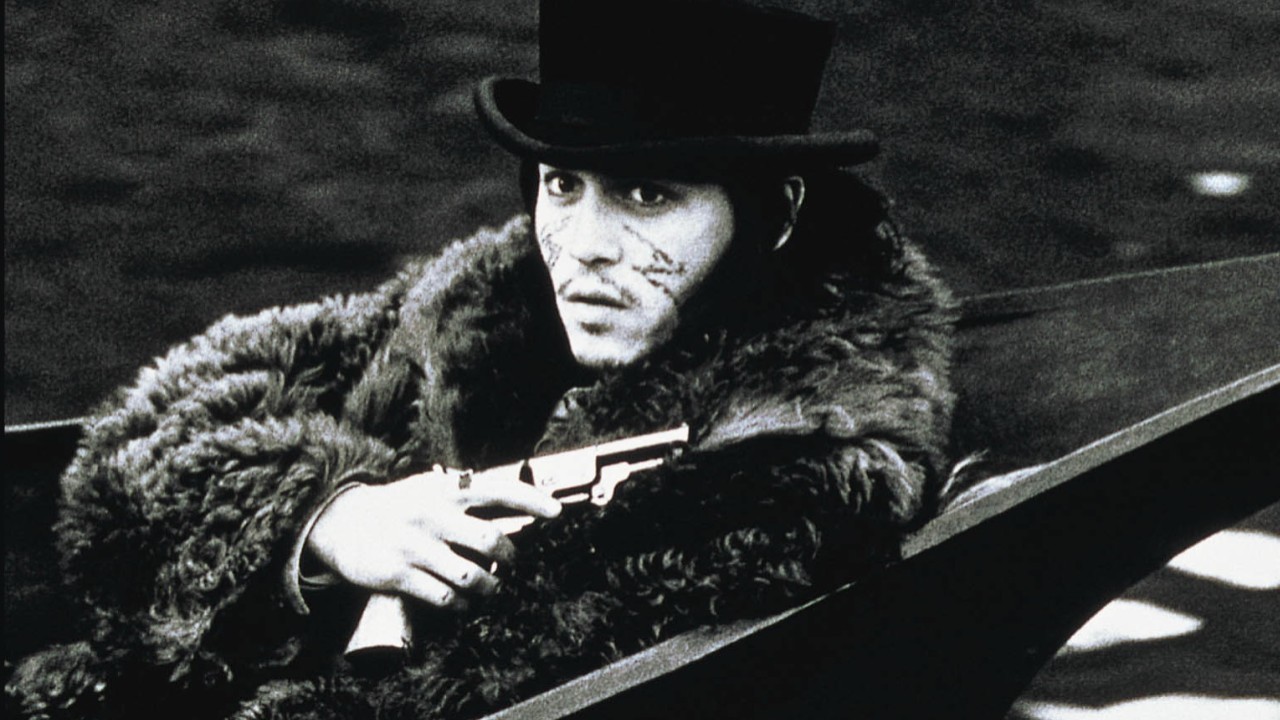
Whether it be a Shakespearian drama or Italian slasher, sci-fi action thriller or romantic comedy, the soundtrack plays a detrimental role in whether a film will resonate with audiences or leave them feeling underwhelmed. We hear about director – composer relationships all the time, from John Williams and Steven Spielberg to Krzysztof Kieslowski and Zbigniew Preisner; these talented duos are joined through a common passion for film but most importantly, by speaking the same aesthetic language.
Fruits of these relationships are countless masterpieces of world cinema. One could say that many great film directors partially owe their career to an exceptional composer and vice-versa. However, it is all too often that film composers are hidden in the shadows behind the spotlit cast and the genius of the director, especially when the film they have scored turns out to be a box office flop.
They too, among so many others in the film industry, are undervalued in their contribution to the art and their work is often dismissed and forgotten. Yet it is impossible to imagine great films without the presence of great scores. A composer’s relationship with the director is challenging, but often as decisive as the editing is to the script.
There are many reasons why a score may be overlooked and forgotten. Sometimes scores are lost due to a film failing at the box office, a director’s name not being successful enough or being associated with bad cinema, an unpopular genre, and often times even by their own success. Below are listed only a few examples of criminally overlooked film scores in global cinema. Hopefully they will not be for long.
15. Alexander Nevsky – Sergei Prokofiev
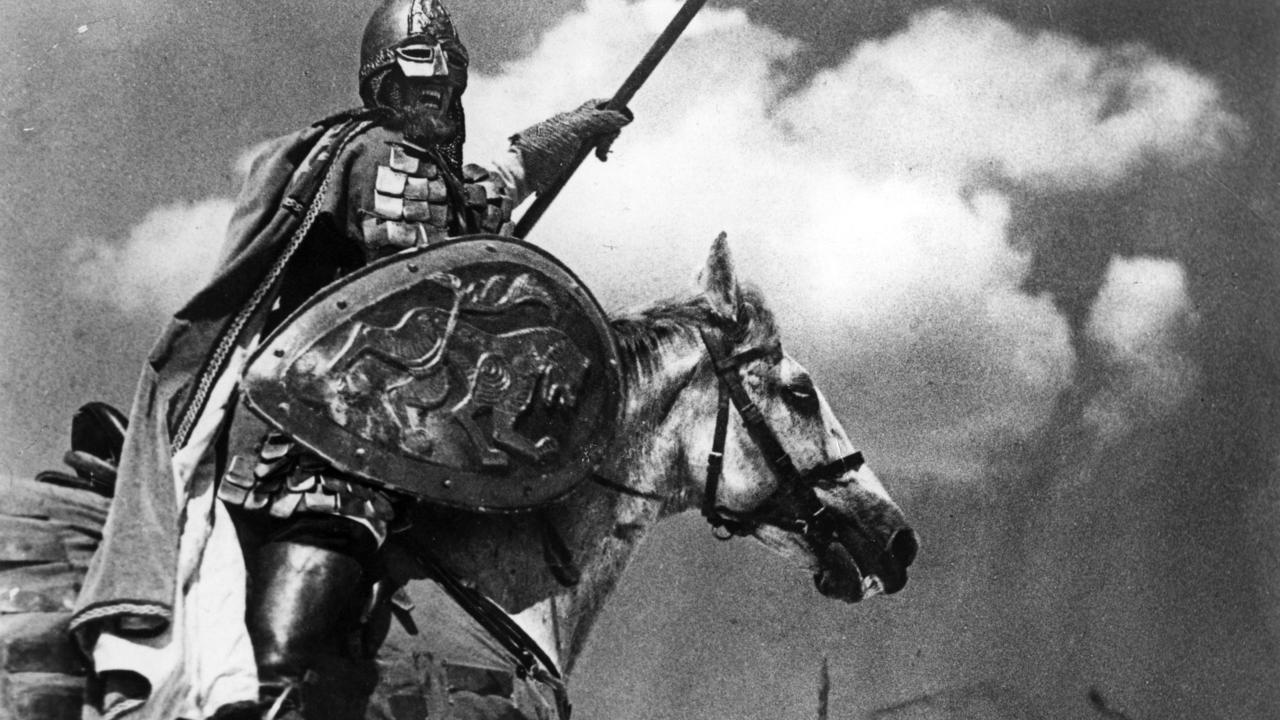
The one that started it all. Sergei Eisenstein’s historical team-up with enfant terrible of the Soviet classical music scene, Sergei Prokofiev, is a collaboration that opened the doors to what is well established as the great composer-director relationship, but also how film scores are perceived today.
Both pioneers in their own right, Eisenstein set the rules of cinema, dramaturgy and editing, while Prokofiev inserted his own twist, taking on the established pleasantness of the classical music scene along with other Soviet giants like Igor Stravinsky and Dmitri Schostakowitsch.
Scored to the texts of poet Vladimir Lugovskoy, Prokofiev’s epic arrangement was made as a strictly classical cantata for mezzo-soprano, chorus and orchestra. One could say it was the beginning of the epic score in battle films and it still holds as a separate classical piece today. But the duo and Prokofiev and Eisenstein didn’t stop there. Five years later they joined forces again with Lugovskoy to score Eisenstein’s next historical epic, and final series of films, “Ivan the Terrible, Part One and Two”.
Prokofiev had already scored two other films when he broke into Eisenstein’s works. During the recording he experimented with various distances of the microphones and within his composition, he made extensive use of motifs and instruments that were to represent a character or a situation in the story, placing the horns that were meant to represent the opposition, close enough to the microphones in order to make the sound distorted, and set to play harsh military beats, while the Russian army, who were the heroes of the story, were represented with softer instruments and folk-song melodies.
Similar techniques were notably used by Hans Zimmer when he recorded the film music for the ‘Dark Knight’ trilogy, and are widely taught and used by film composers today. These styles and techniques of course had their stems in opera and its musical narration and would gradually become the base of film music as a storytelling device today.
14. The English Patient – Gabriel Yared
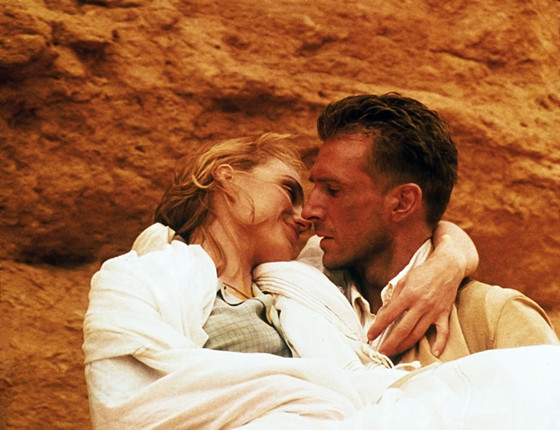
Anthony Minghella’s brilliantly made World War II drama is yet another one of those films that were not only quickly forgotten, but also characterised by many in the upcoming years as overrated. While it is not made to suit all tastes, the film won a total of nine Oscars out of 12 nominations, including that of Best Picture and Best Original Score.
Gabriel Yared’s composition combines a Hungarian lullaby (sung by Hungarian folk singer Marta Sebestyen) with the desert landscapes of Africa and the remote locations of Italy. Another composer of Italian origin on this list, Yared manages to succeed in what so few composers accomplish when they attempt to visit the mediterranean, even less so when they attempt to mix many opposing elements among themselves.
Yared uses cultural appropriation while maintaining his own voice, without making it seem stereotypical of the cultures he portrays or bastardising them when he makes his discreet mix. His work is universal and personal, insightful and sincere. Each melody, from the Hungarian lullaby to Bach’s “Aria”, speaks its own different language and expresses its own unique sentiment, retaining a sense of sacredness to the unknown.
It’s a fine line to tread and he deals it with mastery, tracing the historical links between these different civilisations, going back centuries. These ancient and medieval links are evident in his use of harp and oboe, which are taken over by heavy dramatic strings of his own voice. It is evident that neither Yared or Minghella took this project lightly. The result was to produce arguably the finest work of their careers.
13. I Am Legend / Lady in the Water – James Newton Howard
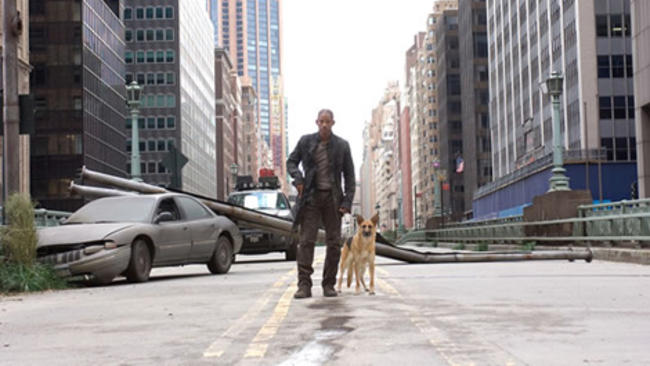
James Newton Howard isn’t what you’d consider an underrated composer, at least not in terms of Hollywood success. He began his career by touring with Elton John and has collaborated with a series of well-established film directors and film studios. With more than 150 film titles under his belt, his work is listened to and admired throughout various corners of the earth.
The problem with Howard is that he is a first-rate composer who somehow always ends up scoring second-rate films. His long-lasting collaboration with promising director and gradual disappointment M. Night Shyamalan hasn’t helped him, but with few exceptions, his career has never made the extra jump to score something of quality equal to his own.
That is not to say he hasn’t collaborated with some of the best names in the industry. He did after all score “The Hunger Games” and its sequels and has a recent collaboration with the Walt Disney Company in their new live-action reboots. That being said, even in cases such as these he will end up scoring the “Maleficents” instead of the “WALL-E’s”.
Howard has carried the films he scores for more than once. The haunting voices of “Lady in the Water” elevates the film from a low-key storybook tale to a decent drama with a particular, enchanting aesthetic. His technique is exceptional as is his instinct for what kind of melody is appropriate for each type of drama.
One can talk endlessly about the string movements of “The Village”, the disturbing chords of “Signs”, and the deep simplicity of “I am Legend”, which convinces you it’s not as self indulgent a title as it seems to be. His music is simultaneously heroic and sensitive and just like so many of his scores, it is distinct through a gripping theme that is decorated by perfect orchestration.
Howard has a talent for filling the gaps of hollow scripts with emotion and maybe that is why he is known as being brought in as a last minute replacement. When all else fails, he seems to come in to save the day. He could be the next John Williams, if only he met his Spielberg.
12. Zabriskie Point – Pink Floyd
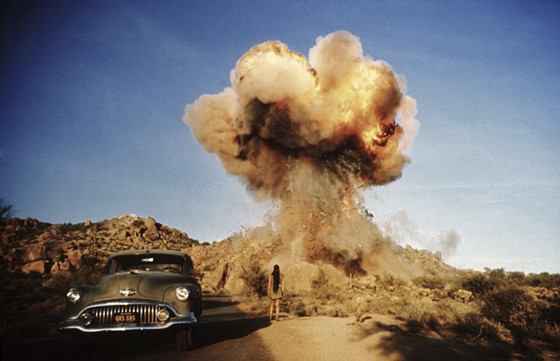
Speaking of rock legends and soundtracks, one of the most prominent collaborations in the history of cinema cannot be ignored. Two giants in their own right, Michelangelo Antonioni and Pink Floyd join forces to portray a revolution and the result is something mesmerising.
In his second attempt at English language films and arguably his brightest, “Zabriskie Point” (1970) was the first of Antonioni’s series of major box office failures, which would eventually end the masterful Italian’s collaboration with producer Carlo Ponti and MGM in the United States.
During its filming, “Zabriskie Point” was considered wildly anti-American (the final cut shot of the film of an airplane skywriting “Fuck You, America” didn’t help counter that idea, neither did Antonioni’s personal left-wing politics). Things got so bad that the production was harassed by right-wing groups for disrespect, left-wing groups for selling out on the hippie cause, national and local authorities, and was accused of lawful violations concerning “immoral conduct, prostitution or debauchery” for the Death Valley scene. It is also said that Antonioni and members of the cast were consequently tailed by FBI agents.
It is said that in his epic portrayal of the US, Antonioni had initially approached Jim Morrison, asking for a contribution from The Doors for the film. The Doors responded with the song “L’America” which Antonioni rejected.
Similarly, in his collaboration with Pink Floyd, it is said that he proved hard to please, saying their tracks were either too slow or too soft. Richard Wright had provided a piano piece called “Fingal’s Cave” for the violent scene in the film, which was again rejected; however, the song went on to become “Us and Them” and was featured in Pink Floyd’s mythical album “Dark Side of the Moon”.
11. Dead Man – Neil Young
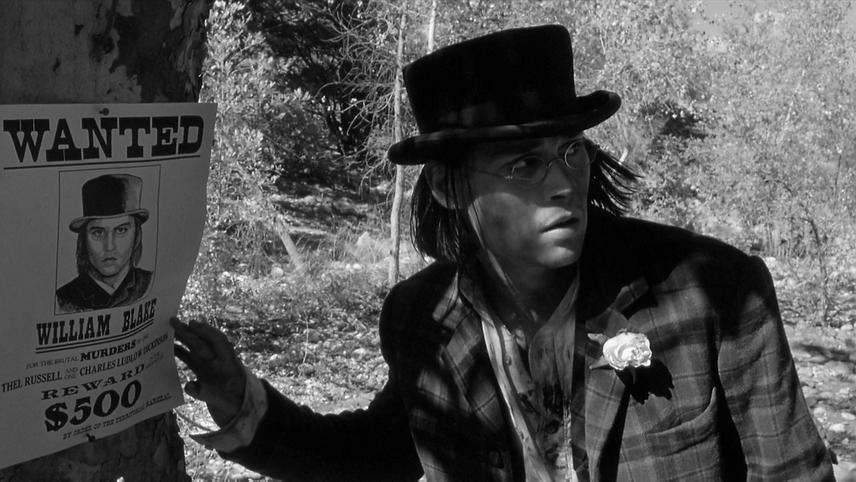
Jim Jarmusch is another director who has proved to the world that he has exceptional taste in music, aside from the fact that he makes his own. “Dead Man” is a 1996 film starring Johnny Depp and Gary Farmer, at a time when both Depp and Jarmusch were considered the most promising kids on the block.
The film is about a character inspired by the works of William Blake, who also carries his name and who, after murdering a man, encounters a North American who prepares him for his journey toward death. It is considered one of Jarmusch’s least beloved films from the audience, though critics greeted it warmly. It is also considered one of the strongest and most interestingly composed musical relationships in film.
“Dead Man” involved a unique collaboration with country legend Neil Young, not only due to the fact that two very American diamonds met to produce audio-visual poetry, but also due to the fact that the entirety of the soundtrack was Young improvising for 62 minutes. Young watched the edited version of the film in a recording studio and improvised with acoustic guitar, piano and organ. When the soundtrack was released, it was slightly changed from the film version, since it included background noises of cars going by.
“Dead Man” was nominated for the Palme d’Or at Cannes Film Festival and won the Screen International Award at the European Film Awards. It was received with a lot of critical acclaim, but somehow didn’t reach the peak of Jarmusch’s previous “Down by Law” and “Stranger Than Paradise”.
10. The Double – Andrew Hewitt
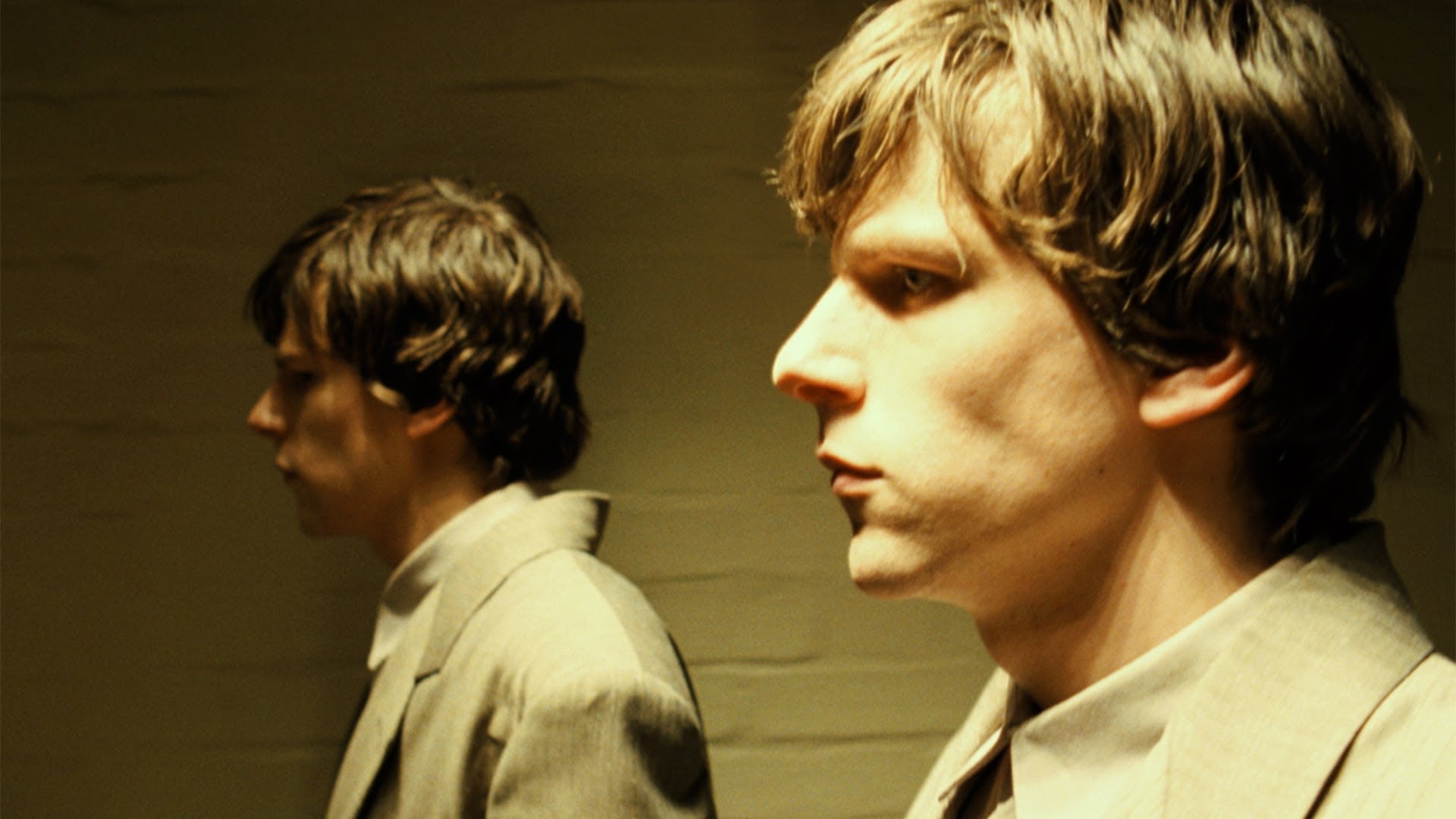
Andrew Hewitt seems to be one of the most promising composers of the decade, setting off his career with a BAFTA nomination for Best New Composer for Film and TV by the British Academy for his first ever score for the TV drama “Garth Marenghi’s Darkplace” in 2004, featuring Richard Ayoade in the leading role.
Ayoade, who we first came to know as the awkward geek in British series “The IT Crowd”, made a stunning breakthrough as a director in 2010 when he presented the world with “Submarine”, beginning his strong collaboration with composer Andrew Hewitt.
“Submarine” already revealed a wonderful soundtrack with a hand-picked collection of songs from various artists and a charming score from Hewitt; however, the duo came to new peaks when a few years later Ayoade presented us with his second feature. A combination of a Dostoyevskian and Kafkaesque nightmare, a construction of a grim bureaucratic world set in an unknown place and time, so distant in the future yet simultaneously so very faithful to its source material’s 19th century psychology.
“The Double” (2013) is based on a novella by Russian novelist Fyodor Dostoyevsky and centres around a young clerk, played by Jesse Eisenberg, whose life turns around when he finds out that a man identical to him is hired at the government agency where he works.
Ayoade’s particular and psychologically geeky aesthetics combined with Hewitt’s exceptional ear for great melody work to produce something original and insightful. The film’s focus on identity is wonderfully played out in its score and aesthetics, since the environment is a mix of different cultural surroundings and has a strong influence from films coming from South Korea, Japan and China that works well to its advantage and is reminiscent of the films of Wong Kar-wai.
The soundtrack carries this feeling beyond the score, combining dark piano and strings of a very European sound to a delicious selection of Japanese and Korean songs, such as Kyu Sakamoto’s “Sukiyaki” and Kim-Jung Mi’s “The Sun”.
9. Candyman – Philip Glass
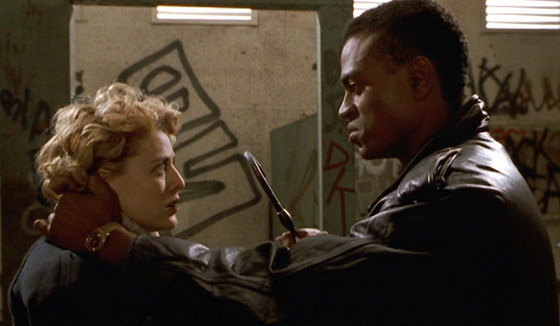
Another thriller on the list, Bernard Rose’s 1992 monster movie gained multiple sci-fi and fantasy awards and spurned a very long list of sequels; however, it was not Rose’s biggest success. With a mix of cult horror and quality period dramas in his filmography, ranging from ‘“sxtape” to “The Immortal Beloved”, it is easy to consider Rose a director of many talents. On the other hand, there’s Philip Glass and everybody knows about Philip Glass.
Glass has had a very long, successful career, ranging from opera and dance pieces, to film and theatre, which has lead him to be considered by many as one of the most important contemporary American composers today. He is the second Olympic composer on this list, taking on the 1996 Atlanta Olympic Games, and his stage work reached its pinnacle when director Robert Wilson staged his most prominent opera, “Einstein on the Beach”.
Glass began his film career by scoring documentaries and specifically the poetic and musical “Koyaanisqatsi”. Ten years later, he undertook the score for Bernard Rose’s thriller. One can see Glass’s themes and character unravel from this early stage, with minimalistic approaches that focus on melody and atmosphere but yet entail an awkwardness and peculiarity that is characteristic of his work. However, what seems promising and fresh experimentation in this early work, will bloom in later acclaimed works like Peter Weir’s “The Truman Show” (1998) and Stephen Daldry’s “The Hours” (2002).